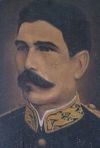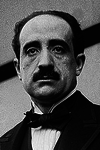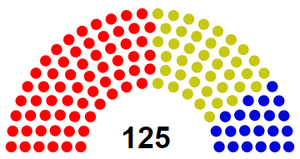1673 Asamblea Nacional elections: Difference between revisions
No edit summary |
No edit summary |
||
| Line 6: | Line 6: | ||
| ongoing = no | | ongoing = no | ||
| previous_election = 1669 Asamblea Nacional elections | | previous_election = 1669 Asamblea Nacional elections | ||
| previous_year = | | previous_year = 1669 | ||
| next_election = | | next_election = | ||
| next_year = '''TBD''' | | next_year = '''TBD''' | ||
Revision as of 17:45, 8 June 2019
| |||||||||||||||||||||||||||||||||||||||
| |||||||||||||||||||||||||||||||||||||||
| Turnout: voters | |||||||||||||||||||||||||||||||||||||||
| |||||||||||||||||||||||||||||||||||||||
The second Elections for the Asamblea Nacional de la República, the unicameral parliament of Los Liberados were held in 1673 AN. The second democratic election in the nation, the election was largely a referendum on the Liberadosan government, the Junta de Liberación Nacional (National Liberation Council), and the nation's President Jacobo Castrigo Álvarez. Having won the previous election in a landslide, the PLN consolidated its power throughout the country.
The opposition saw some changes, the Partido de la Izquierda broke up after internal turmoil, some members joined the PLN, which adopted social democracy in their platform, whereas others joined the Cambio Democratico, the main opposition movement against the perceived undemocratic government, which was founded by former ¡Adelante! chairwoman Paula Ferraro. Some smaller parties such as the Communist Party, the Catologian State Party and the Timaro Rights Party failed to reach the electoral threshold and did not gain any seats.



